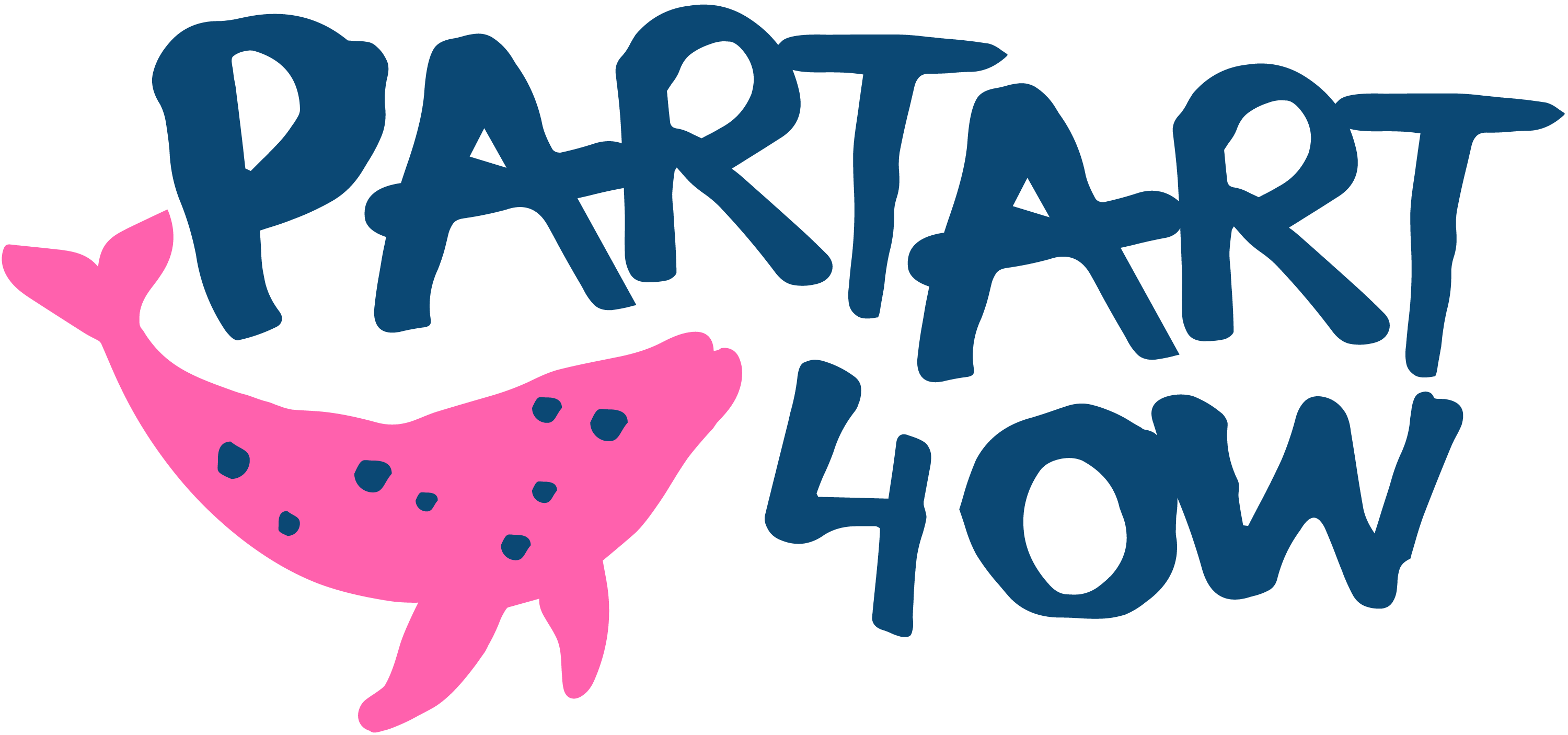
Every project about the sea truly begins on land. Before the first dive, before the first sculpture touches the water, there’s a group of people who gather to imagine what could live beneath the surface. That’s how Posidonia Art Reef started: with drawings, ideas, and conversations about how art and science together can help a small coastal community take care of its sea.
The project is part of PartArt4OW – Participatory Art for Society Engagement with Ocean and Water, an EU-funded accelerator under the Mission “Restore our Ocean and Waters”, supporting creative and community-based approaches to marine protection. In practice, our goal is simple: to co-create a small underwater museum in Bogliasco, together with the people who will see it, study it, and protect it.
Exploring the Future Site
Before any lab or workshop, we went to sea. A small team set off from the harbour to explore the area where the sculptures will be installed. Using a depth sounder, we mapped the seabed, measured depths, and took notes on visibility, currents, and the texture of the sea floor. The goal was to find a place that is both safe for divers and suitable for marine life to grow — a space where art could become habitat.
Soon after, we met with Alessandro Bracco, our underwater installation expert. Together we reviewed the first data, discussed anchoring solutions, and planned how to make the reef stable, reversible, and fully compatible with the local marine ecosystem — respecting the principles of low impact, reversibility, and ecological integration promoted by the Mission Ocean framework.
The First Labs on Shore
he first participatory meeting took place at Spazio MAR – Movimento Arte Ritrovi, in the centre of Bogliasco.
It was a moment dedicated to the local community — citizens, divers, teachers, scientists, and artists — to share and discuss the main scientific challenges behind the project. Together, we analysed the local marine issues, identified sensitive areas, and explored possible artistic languages that could best interpret them.
The workshop also introduced the artists involved in the co-creation of the underwater sculptures, opening a dialogue between their creative perspectives and the environmental realities of the Ligurian Sea.
Rather than a presentation, it became a collective reflection: an open exchange of stories, perceptions, and expertise that will shape the museum’s narrative and form.
The second workshop took place at the Club Nautico di Bogliasco, a symbolic and communal space at the heart of local life.
Here, children, families, and community members gathered for a more playful and creative session. Participants used illustrated cards to discover local and invasive marine species, learn about pollution sources, and imagine solutions. Through storytelling and drawing, the younger participants expressed how they see the sea and what they believe it needs from us.
The day culminated in a joyful “Pentolaccia del Mare”, a papier-mâché shape full of marine creatures, drawings, and messages collected throughout the week — a symbolic celebration of imagination, care, and collective responsibility.
What We Learned
From these first steps, a few guiding principles emerged.
The underwater museum should be easy to understand yet rich in meaning.
It should remain open to many forms of participation — dialogue, drawing, mapping, diving, or simply observing.
Above all, it should create reasons to come back: to learn, to care, and to reconnect.
Next Steps
We are now finalizing the artists’ maquettes, preparing for a public selection event at the Blue District in Genoa.
It won’t be a traditional exhibition but a shared decision-making moment — a true act of participatory art, where those who live with the sea will help choose what will inhabit it.
If all goes well, the first sculptures will soon rest on the seabed — not as an end, but as a beginning.
The real museum will grow over time, through biodiversity, observation, and the continuous dialogue between Bogliasco and its sea.
























